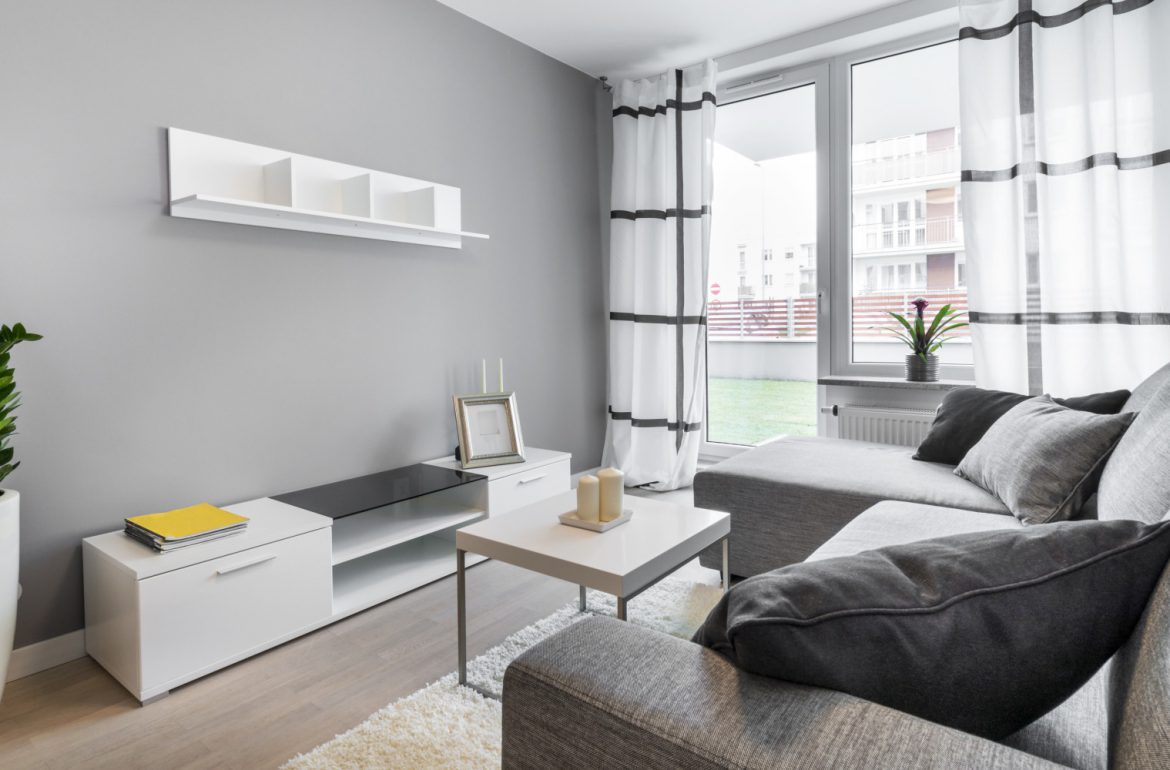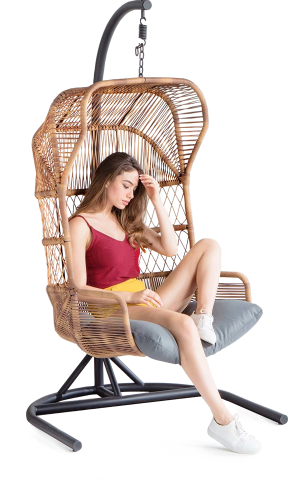Sustainable Furniture in Modern World

LED lights are common in today’s households because of their sustainability. They’re far more energy efficient and have longer lifetimes than conventional light bulbs. In fact, LED light bulbs last 25 times longer and, in comparison to traditional light bulbs, use 90 percent less energy. Longer light bulbs help reduce waste and if adopted by everyone in the U.S., would power 2.5 million homes.
What Is Green Furniture?
Sustainable furniture is based on the closed-loop cycle of recycling. The goal of sustainable furniture companies is to design furniture that can be continually reused, disassembled and then reused again – or that can be used throughout a lifetime (or two). Most sustainable furniture companies also focus on reducing the environmental impact of their items, such as using reclaimed materials or non-toxic furniture stains.
The environmental impact, and importance, of buying eco-friendly furniture is often overlooked. Traditional sofas, beds and other furnishings, are major polluters of our homes.
Additionally, the EPA suggests that indoor air quality is often 2-5 times more polluted than outdoor air quality. Given that we spend 90 percent of our time indoors, purchasing furniture that’s good for the environment and our personal health is important. Many people are curious to learn how to find eco-friendly and sustainable furniture, as well as eco-friendly furniture companies.
HOW TO FIND SUSTAINABLE FURNITURE
Finding sustainable furniture all begins with research. It’s easy for companies to claim their furniture is green or eco-friendly, but many organizations now certify sustainable furniture materials. Educate yourself about these certifications and what qualifies furniture as sustainable, and you’ll be able to make smart decisions regarding your furniture purchases.
What Are Sustainable Furniture Materials?
Sustainable furniture materials include a variety of resources, from reclaimed wood to LED lights. The type of material, as well as how it was obtained, factor into its sustainable classification. The Forest Stewardship Council (FSC), for example, certifies wood as sustainably harvested. Sustainable, responsible harvests ensure that the natural ecosystem remains in place and is able to maintain itself. As a result, the forest continues to grow and produce wood. Tree farms and forests are examples of areas that qualify for certification.
Recycled and Reclaimed Materials
Some eco-friendly furniture companies use reclaimed or recycled materials, like wood, glass and iron to create sustainable furniture. Old furniture, homes and other structures often provide the reclaimed items. Companies have even used factory wood scraps or flawed wood pieces for their sustainable furniture. Wood is a popular choice for manufacturers because it’s durable, even if it’s been mishandled throughout the years. Reclaimed pine, for example, is a popular finish for the Cristallo table.
The Rainforest Alliance helps determine if a piece of furniture actually uses reclaimed wood. The non-profit organization provide the Rediscovered Wood Certification to qualifying furniture pieces. Sustainable furniture may also be certified Cradle to Cradle (C2C), which in part says that the furniture can be dismantled. Its individual parts can be recycled at a facility or reused in other furniture. Easy furniture disassembly also allows for quick and easy repairs, which extend the life of the piece.
Furnishings consisting of recyclable materials, like most plastics or metals, help eco-friendly furniture companies by saving them from purchasing additional resources. Recurve is an example of a chair made from recycled aluminum.
Non-Toxic Lacquers
The familiar “new car” smell associated with cars, furniture and other items is a result of manufacturers using unnatural and sometimes toxic substances, like solvent-based lacquers, to treat or finish a product. Solvent-based lacquers contribute to the pollution in your home by emitting, or off-gassing, volatile organic compounds (VOCs), like formaldehyde. Water-based lacquers are a green alternative to finishing wood furniture.
Furniture can be certified by Greenguard or Oeko-Tex for low toxicity rates. Unfinished furniture can also be found, though you’ll still want to varnish it with natural wood finishes to extend its life and protect it from heat, moisture and general wear.
If you’re unsure if a varnish is solvent or water-based, check the label. Most varnishes will note if they have a low VOC, which is what you want.
LED Lighting
LED lights are common in today’s households because of their sustainability. They’re far more energy efficient and have longer lifetimes than conventional light bulbs. In fact, LED light bulbs last 25 times longer and, in comparison to traditional light bulbs, use 90 percent less energy. Longer light bulbs help reduce waste and if adopted by everyone in the U.S., would power 2.5 million homes.















